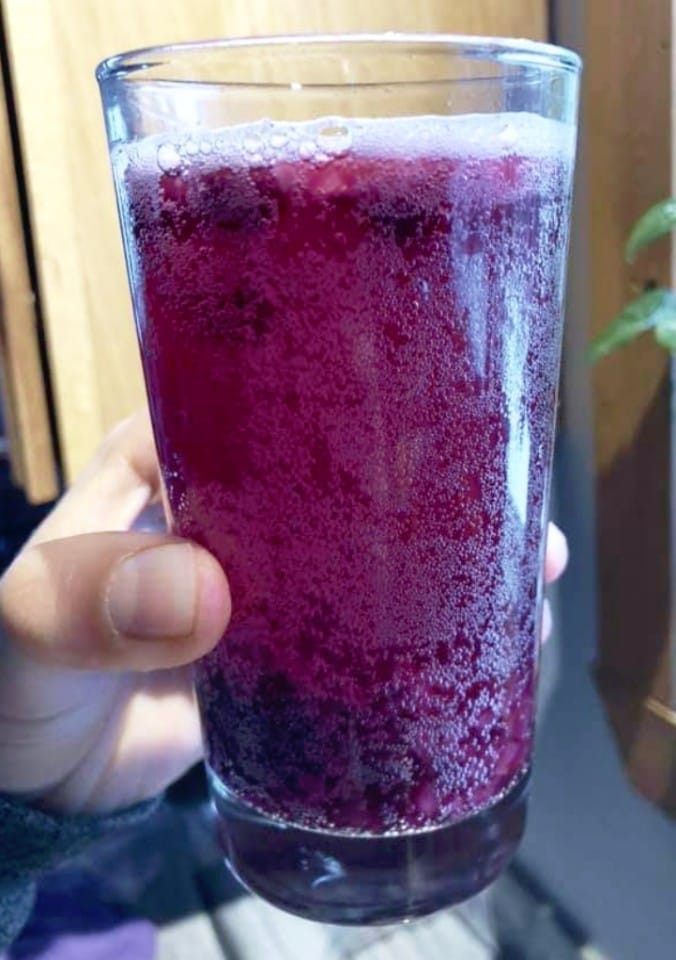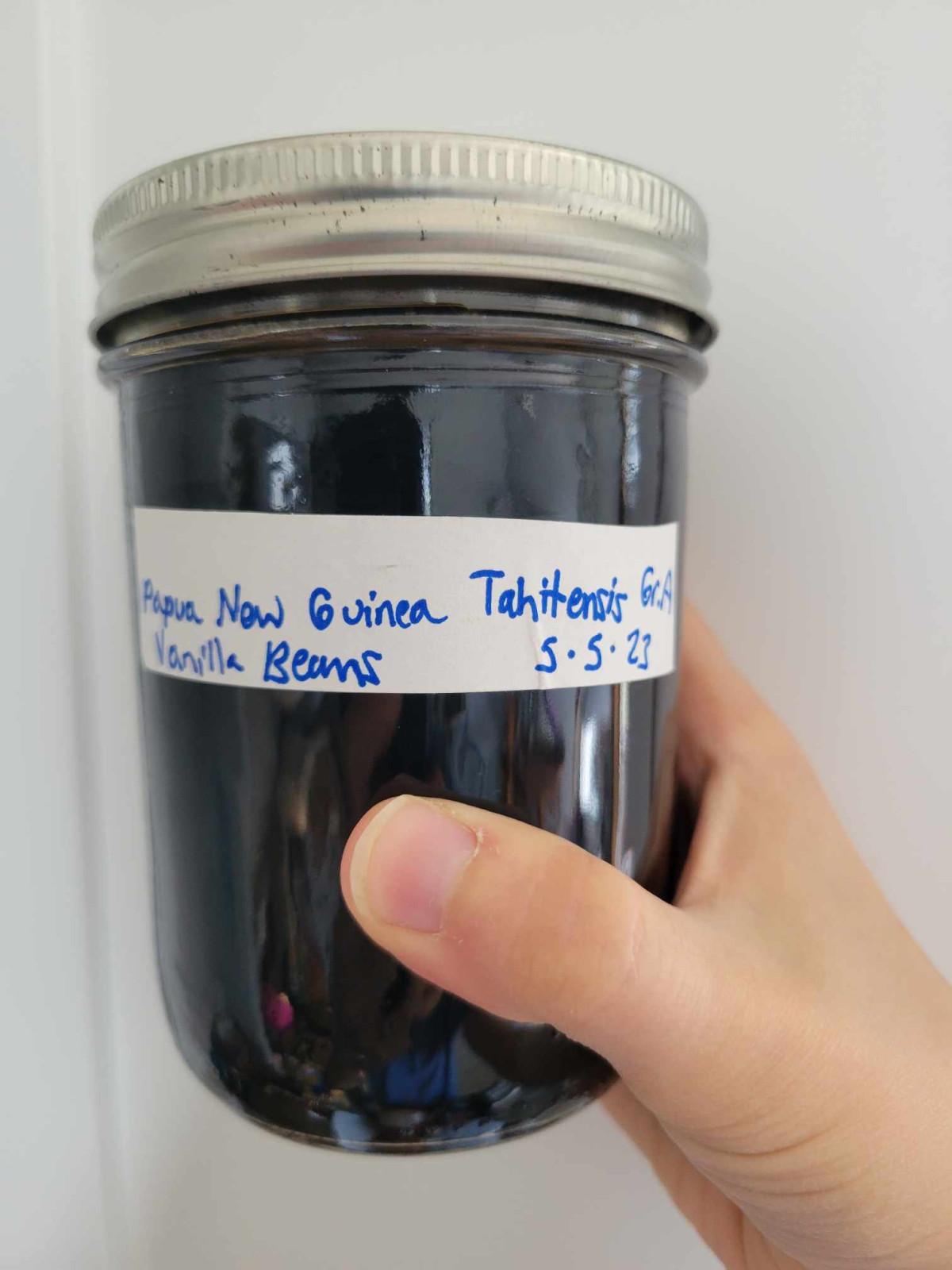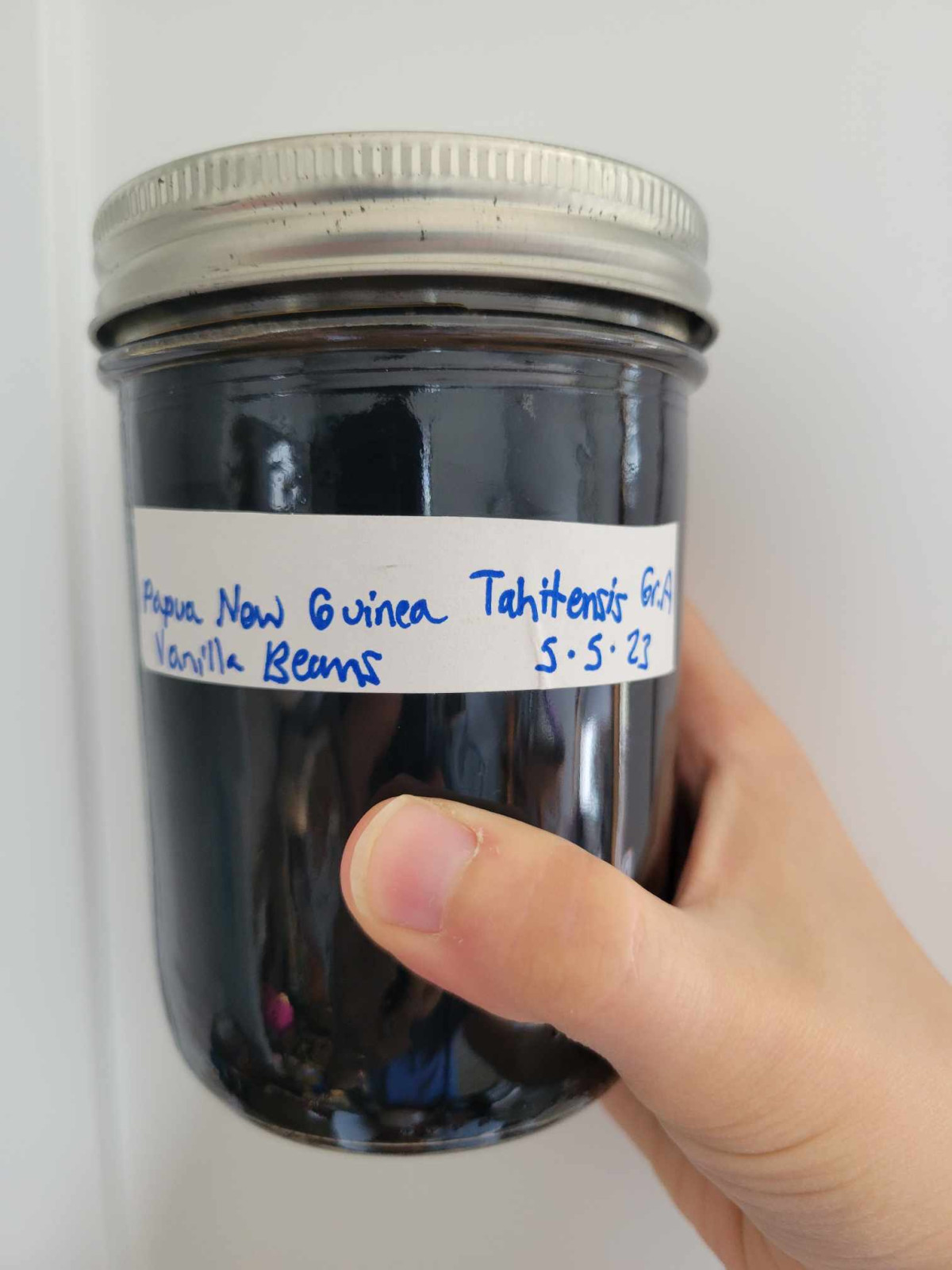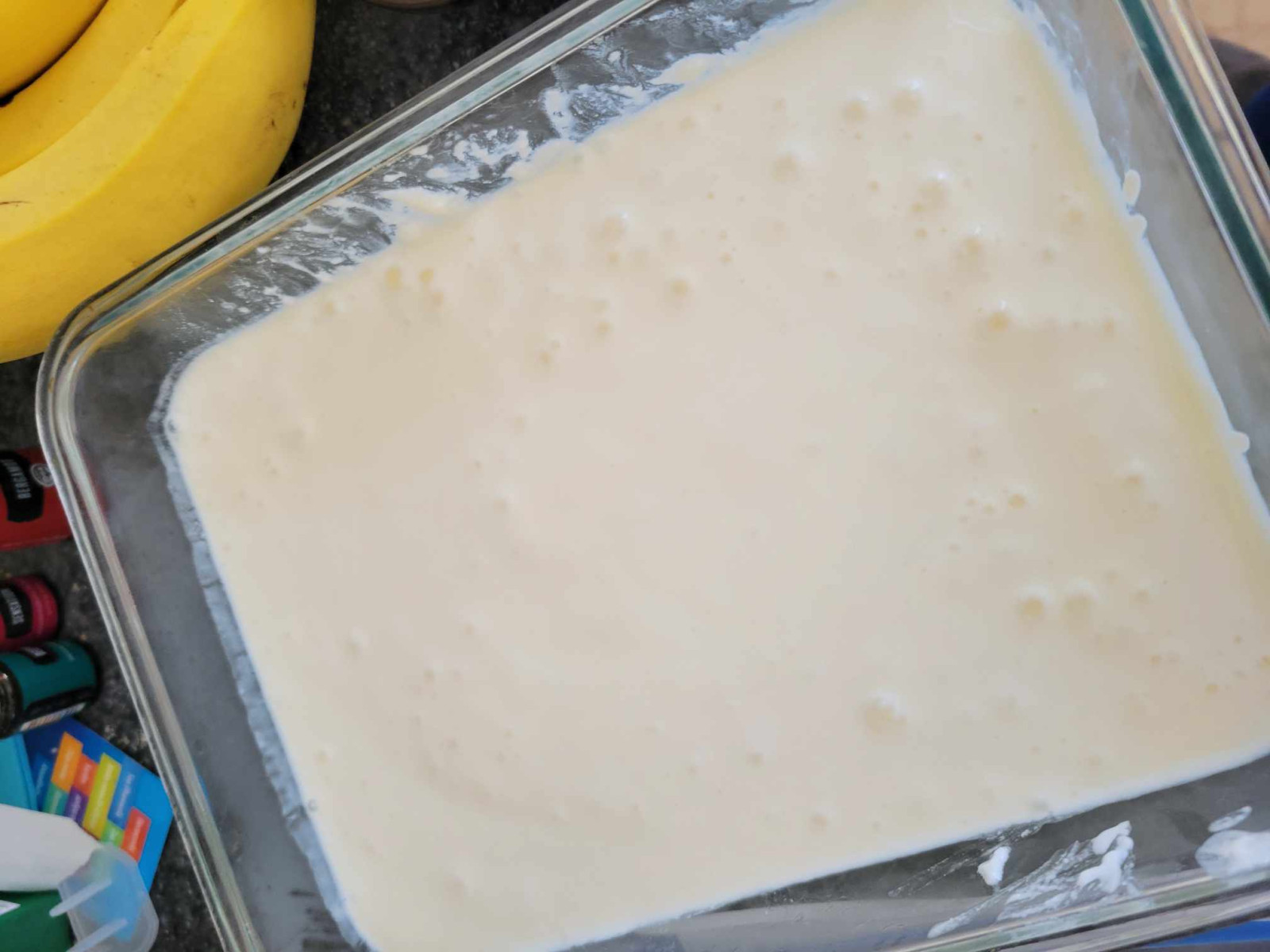
Why Make and Flavor Your Own Kombucha?
- Cost-Effective: Brewing kombucha at home can be significantly cheaper than buying it from stores, especially if you drink it regularly.
- Control Over Ingredients: When you make your own, you have complete control over the quality and type of ingredients used.
- Customization: You can tailor the flavor and sweetness to your exact preferences.
- Experimentation: Making kombucha at home allows you to try unique flavor combinations that may not be available commercially.
- Reduced Packaging Waste: Homebrewing eliminates the need for single-use bottles or cans.
- Fun and Rewarding: The process of brewing and flavoring your own kombucha can be an enjoyable and satisfying hobby.
The Fermentation Process
Choosing Your Kombucha Flavors
1. Fruits
- Berries (strawberries, blueberries, raspberries)
- Citrus (lemon, lime, orange)
- Tropical fruits (mango, pineapple, passion fruit)
- Stone fruits (peach, apricot, cherry)
2. Herbs and Spices
- Mint
- Basil
- Ginger
- Turmeric
- Cinnamon
- Cloves
3. Flowers
- Hibiscus
- Lavender
- Rose petals
- Chamomile
4. Teas and Other Beverages
- Green tea
- Chai tea
- Rooibos tea
- Coffee (for a kombucha-coffee hybrid)
- My favorite antioxidant puree to flavor my kombucha!
Tips for Successful Kombucha Flavoring
- Start Small: When trying a new flavor, start with a small batch to see how it turns out before committing to a larger quantity.
- Sanitize Everything: Cleanliness is crucial in kombucha brewing to prevent contamination.
- Taste as You Go: During the flavoring process, taste your kombucha periodically to see how the flavors are developing.
- Strain Before Drinking: If you've added solid ingredients like fruit chunks or herbs, strain your kombucha before drinking to remove any debris, or blend if you want the thicker added ingredients.

What is Vanilla Sugar?
Ingredients and Tools
- Used vanilla beans from extract-making, a few beans per cup of sugar
- Granulated sugar (1 cup per vanilla bean)
- Airtight container or jar
- Coffee grinder or spice grinder
Step-by-Step Instructions
- Thoroughly rinse the used vanilla beans to remove any residual alcohol from the extract-making process.
- Pat the beans dry with a clean towel, then air-dry them for 1-2 days. For faster results, place them in a low-temperature oven (around 170°F/75°C) for a few hours.
- Once completely dry and brittle, break the vanilla beans into smaller pieces to fit in your grinder.
- Using a coffee or spice grinder, grind the dried vanilla bean pieces into a fine powder. This step is crucial for evenly distributing the vanilla flavor throughout the sugar.
- In an airtight container, mix 1 cup of granulated sugar with the vanilla bean powder. Stir well to ensure even distribution.
- Seal the container tightly and give it a good shake to further mix the vanilla powder with the sugar.
- Let the mixture sit for at least a week to allow the flavors to meld and intensify.
Pro Tips for Perfect Vanilla Sugar
- Ensure the vanilla beans are completely dry before grinding to prevent clumping in the sugar. This is an important step!
- Clean your grinder thoroughly after use to prevent flavor transfer to other spices.
- The vanilla flavor will intensify over time, so taste and adjust as needed.
- For a more intense vanilla flavor, use more ground vanilla bean or less sugar.
Creative Uses for Homemade Vanilla Sugar
- Enhance your morning coffee or tea by stirring in a spoonful of vanilla sugar.
- Elevate baked goods and desserts by substituting regular sugar with vanilla sugar in recipes.
- Create gourmet cocktail rims by dipping glass edges in vanilla sugar.
- Sprinkle over fresh fruit, oatmeal, or yogurt for a delightful breakfast treat.
- Use in savory dishes, such as tomato sauces or meat rubs, for added depth of flavor.
- Make vanilla-infused whipped cream by using vanilla sugar instead of regular sugar.
- Create a luxurious body scrub by mixing vanilla sugar with coconut oil.
Why Make Your Own Vanilla Sugar?
- Cost-effective: Get more value from expensive vanilla beans by using them twice.
- Eco-friendly: Reduce waste by upcycling used beans that might otherwise be discarded.
- Customizable: Control the intensity of vanilla flavor to suit your taste preferences. You can also experiment with different types of vanilla beans!
- Versatile: Use in both sweet and savory recipes for a unique flavor profile.
- Gourmet touch: Elevate everyday recipes with a homemade, artisanal ingredient.
- Gift-worthy: Package your homemade vanilla sugar in decorative jars for a thoughtful, handmade gift.
Storage and Shelf Life

Ingredients and Equipment
- 1 oz vanilla beans
- 1 cup (8 oz) of vodka or other 70+ proof alcohol
- A clean glass jar with a tight-fitting lid
- A sharp knife
Step-by-Step Instructions
- Begin by splitting the vanilla beans lengthwise using a sharp knife. This exposes the tiny seeds inside, which are packed with flavor.
- Cut the split beans into smaller pieces, approximately 1/2 inch long. This increases the surface area, allowing for better flavor extraction.
- Place the cut vanilla beans and any loose seeds into your clean glass jar.
- Pour the vodka or other alcohol over the beans, ensuring they are completely submerged. The alcohol acts as a solvent, extracting the vanilla flavor compounds.
- Seal the jar tightly with its lid and give it a vigorous shake to start the infusion process.
- Store the jar in a cool, dark place at room temperature. A pantry or kitchen cupboard away from heat sources is ideal.
- For the first week or two, shake the jar daily. After that, reduce the frequency to once or twice a week.
- Allow the extract to steep for a minimum of 6 months. Before using, make sure it smells like vanilla when opening, not alcohol. For the best flavor, patience is key – waiting 12-18 months will result in a richer, more complex vanilla extract. I try to wait 18-24 months! Or increase the amount of beans per 8oz of alcohol in order to speed up the extraction process a bit.
Tips for Success
- Choose high-quality vanilla beans for the best flavor. Madagascar, Tahitian, and Mexican vanilla beans are popular choices, each offering slightly different flavor profiles. I have used these or (ideally) ordered from a co-op like this in the past and REALLY liked them, but they are not always immediately available.
- The type of alcohol you use can affect the final taste. Vodka is a popular choice (and what I have always used) due to its neutral flavor, but you can experiment with rum or bourbon for different flavor notes.
- As you use your extract, you can continue to top it off with more alcohol. This "perpetual" method allows you to maintain your vanilla extract indefinitely. I don't choose to do it this way, I personally make new batches every so often so I am more clear on how long it's gone and when it's ready. Plus then I can experiment with different types of beans for flavor.
- When the flavor begins to weaken, simply add fresh vanilla beans to the jar to reinvigorate the extract. I have just taken my old beans and made vanilla sugar or thrown them in a jar with a small amount of alcohol to collect all the old beans and eventually use that down the road too. Nothing goes to waste!
Benefits of Homemade Vanilla Extract
- Cost-effectiveness: While the initial investment in vanilla beans may seem high, homemade extract is more economical in the long run, especially for frequent bakers.
- Quality control: You can ensure the purity of your extract by using high-quality ingredients and avoiding artificial additives.
- Customization: Experiment with different types of vanilla beans or alcohols to create unique flavor profiles.
- Gift-giving potential: Homemade vanilla extract makes an excellent gift for food enthusiasts and home bakers. I gave vanilla extract for Christmas two years ago and everyone loved it!


Learning from Local Friends
Why Take the Homebrewing Kombucha Made Easy Course?
Comprehensive Learning
Expert Guidance
Hands-On Experience
Community Support
What You Will Learn in the Course
Ingredients and Equipment
- Water: Learn about the importance of the type & temperature of your water
- Tea: Discover the best types of tea to use
- Sugar: Understand which sugar is preferred and how it feeds the yeast and bacteria during fermentation.
- SCOBY: Learn all about the Symbiotic Culture of Bacteria and Yeast (SCOBY) and its crucial role in fermentation.
- Starter Tea: Understand the importance of your starter and its role in the process.
Fermentation Process
Safety and Troubleshooting
- Cleanliness: Ensure all equipment is thoroughly cleaned to prevent contamination.
- Safety: Avoid exploding bottles (from carbonation!) with some practical tips.
- Temperature Control: Maintain a consistent temperature to promote healthy fermentation.
- Mold Prevention: Learn to identify and prevent mold growth on your SCOBY.
Mastering the Art of Kombucha Brewing


Ingredients:
- Milk (any variety - whole milk will yield the creamiest results, but you can also use skim or low-fat milk)
- Yogurt starter culture (either store-bought plain yogurt with live active cultures or a powdered starter, I linked my favorite and now I just save a little from each batch for the next batch! We LOVE the flavor from this one.)
- Optional flavorings (such as vanilla extract -- I make my own!, local honey, or fruit)
Equipment:
- Saucepan
- Thermometer
- Whisk or spoon
- Insulated container (such as a thermos or a yogurt maker)
- Clean kitchen towel or blanket
Instructions:
- Heat the Milk: Pour your desired amount of milk into a saucepan and heat it over medium heat until it reaches around 180°F (82°C). This helps to kill off any unwanted bacteria and denature the proteins in the milk, resulting in a smoother texture.
- Cool the Milk: Allow the milk to cool to around 110°F (43°C). This is the optimal temperature for the yogurt cultures to thrive. You can speed up the cooling process by placing the saucepan in a cold water bath.
- Add the Starter: Once the milk has cooled, whisk in your yogurt starter culture -- I like to use my frother for this part! If you're using store-bought yogurt as your starter, aim for about 2-3 tablespoons per quart of milk. If you're using a powdered starter, follow the package instructions for the appropriate amount.
- Incubate the Yogurt: Transfer the milk mixture into your insulated container. This could be a thermos, an instant pot, a yogurt maker, or simply a glass jar wrapped in a kitchen towel or blanket to retain warmth. Keep the container in a warm place (ideally around 100-110°F or 38-43°C) for 6-24 hours (We prefer longer!), allowing the yogurt cultures to ferment and thicken the mixture.
- Check for Doneness: After the incubation period, check the yogurt for desired thickness. If it's too runny, you can let it incubate for a bit longer and/or strain out some of the whey to increase thickness. If it's thickened to your liking, transfer it to the refrigerator to chill for a few hours before enjoying. I like to blend it after removing some of the whey for the smooth creamy texture.
- Optional Flavorings: Once chilled, you can customize your yogurt with flavorings of your choice. Stir in a splash of vanilla extract, a drizzle of honey, or swirl in some fruit preserves for a delightful burst of flavor.
Alternate Instant Pot Method (my preference):
Ingredients:
- Milk (any variety -- raw, store bought, whole preferred)
- Yogurt starter culture (store-bought plain yogurt with live active cultures or powdered starter)
Equipment:
- Instant Pot
- Thermometer
- Whisk or spoon
- Clean kitchen towel or blanket
Instructions:
- Prepare the Instant Pot: Start by ensuring your Instant Pot is clean and sanitized. Pour a cup of water into the Instant Pot insert and set it to "Pressure Cook" mode for 1 minute. Once done, carefully release the pressure and discard the water. This step helps sterilize the Instant Pot.
- Pour Milk Into the Instant Pot: Pour your desired amount of milk directly into the Instant Pot insert. I usually use a quart of milk for us for 5-7 days of yogurt (but we also don't eat it daily and only have 3 in our family so far).
- Add the Starter: Whisk in your yogurt starter culture. If you're using store-bought yogurt as your starter or saved yogurt from your last batch, aim for about 2-3 tablespoons per quart of milk. If you're using a powdered starter, follow the package instructions for the appropriate amount.
- Mix Well: Stir the milk and starter together until well combined. I like to use my frother for this!
- Incubate the Yogurt: Place the Instant Pot lid on, ensuring it's in the sealing position. Set the Instant Pot to the "Yogurt" setting. Depending on your Instant Pot model, you may need to adjust the settings to "Normal" or "Custom" for a longer fermentation time. Typically, yogurt is incubated for 8-24 hours (we prefer longer), but you can adjust the time according to your desired tartness and thickness.
- Check for Doneness: After the incubation period, check the yogurt for desired thickness. If it's too runny, you can let it incubate for a bit longer and/or strain out some of the whey with a cheesecloth if you'd like it thicker. If it's thickened to your liking, transfer it to the refrigerator to chill for a few hours before enjoying.
- Optional Flavorings: Once chilled, you can customize your yogurt with flavorings of your choice. Stir in a splash of vanilla extract, a drizzle of honey, or swirl in some fruit preserves for a delightful burst of flavor.










